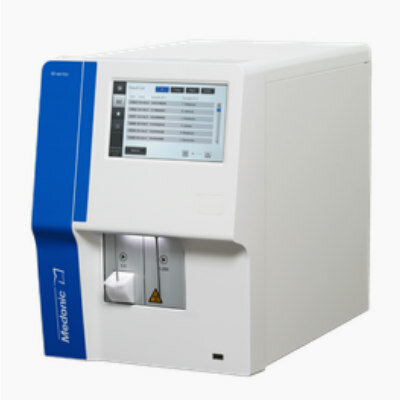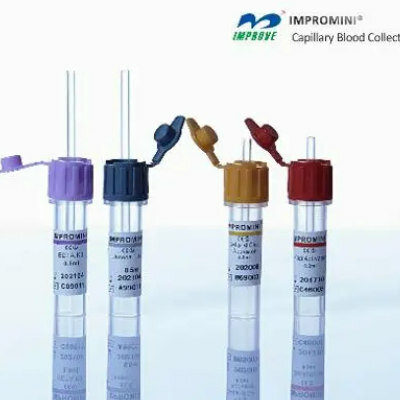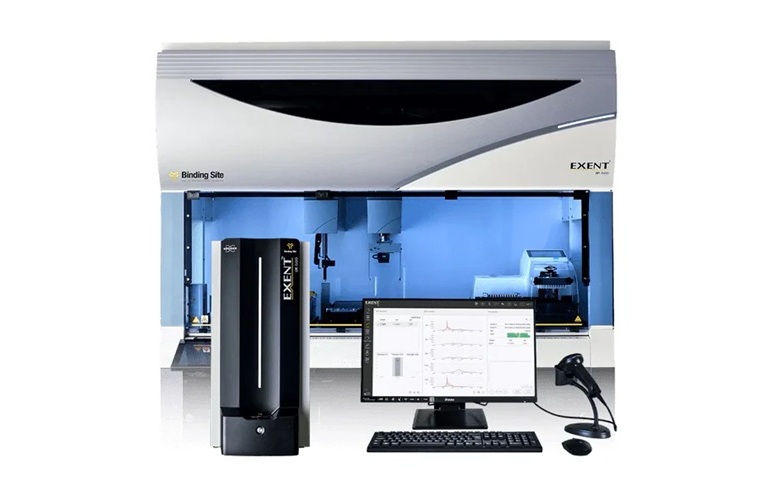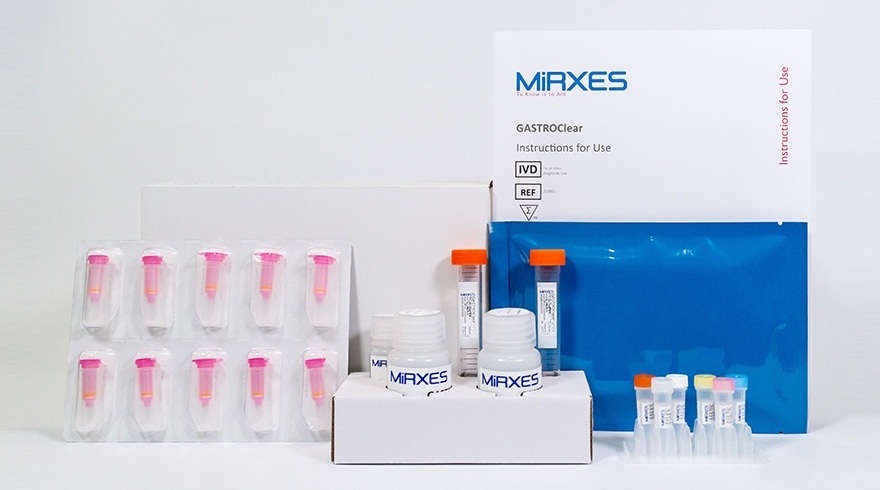Prognostic Test Identifies Patients at High Risk of Developing Severe Preeclampsia
Posted on 17 Feb 2025
Preeclampsia is characterized by the onset of hypertension and proteinuria after 20 weeks of gestation, or in the absence of proteinuria, by new-onset hypertension accompanied by any of the following: thrombocytopenia, renal insufficiency, impaired liver function, pulmonary edema, or new-onset headache unresponsive to medication. Symptoms of preeclampsia, such as headaches, visual disturbances, epigastric pain, and shortness of breath, often go unnoticed and can have severe, lasting effects on both mothers and babies if not properly managed. These impacts may include maternal organ damage, an increased risk of future heart failure, preterm birth, and avoidable mental trauma. In the U.S., preeclampsia has risen by 25% in the past two decades and is a leading cause of maternal and fetal illness and death. Black women, in particular, face higher rates of maternal and adverse fetal and neonatal outcomes compared to other racial and ethnic groups, and they are at a greater risk of developing hypertensive disorders during pregnancy.
The only cure for preeclampsia is the removal of the placenta at delivery. The clinical presentation and progression of preeclampsia can vary greatly, making prediction, diagnosis, and monitoring difficult. Hospitalization is generally recommended to assess the potential for progression to severe disease. Traditional diagnostic markers for preeclampsia are often nonspecific and may not accurately predict the severity of the condition or associated adverse outcomes in the following days and weeks. There is a significant need for more reliable tools to manage severe preeclampsia. Identifying women at high risk for developing severe preeclampsia can lead to better prediction, earlier intervention, and reduced negative outcomes.

Roche (Basel, Switzerland) has received 510(k) clearance from the U.S. Food and Drug Administration (FDA) for a prognostic test designed to classify hospitalized pregnant women with hypertensive disorders into low- and high-risk categories for developing severe preeclampsia within two weeks of testing. The test measures the ratio of two key biomarkers, sFlt-1 and PlGF, which are involved in the formation of blood vessels during pregnancy. An imbalance of these biomarkers is known to play a crucial role in the development of preeclampsia. Their concentrations in maternal serum change before the disease manifests, making them useful for predicting the progression of preeclampsia. Nearly 70% of women with a sFlt-1/PlGF ratio greater than 38 delivered their babies within two weeks.
With the FDA clearance of the sFlt-1/PlGF ratio test on Roche platforms, clinicians now have an additional tool to identify women at the highest risk for developing severe preeclampsia. This biomarker test could drive innovation in developing new therapies for these patients. The preeclampsia ratio reflects Roche's commitment to advancing science to create transformative solutions that improve patient outcomes and streamline laboratory operations. Roche’s extensive U.S. installation base of over 4,000 cobas analyzers, combined with a high degree of menu consolidation across various indications, enables clinicians to make faster, more efficient clinical decisions, and rapidly scale testing for even more women.
"There is a great need for highly reliable tools, such as the Elecsys sFlt-1/PlGF ratio, to address severe preeclampsia," said Brad Moore, president and CEO of Roche Diagnostics North America. "We are eager to partner with our customers so this prognostic test can help clinicians plan care and improve patient outcomes."














